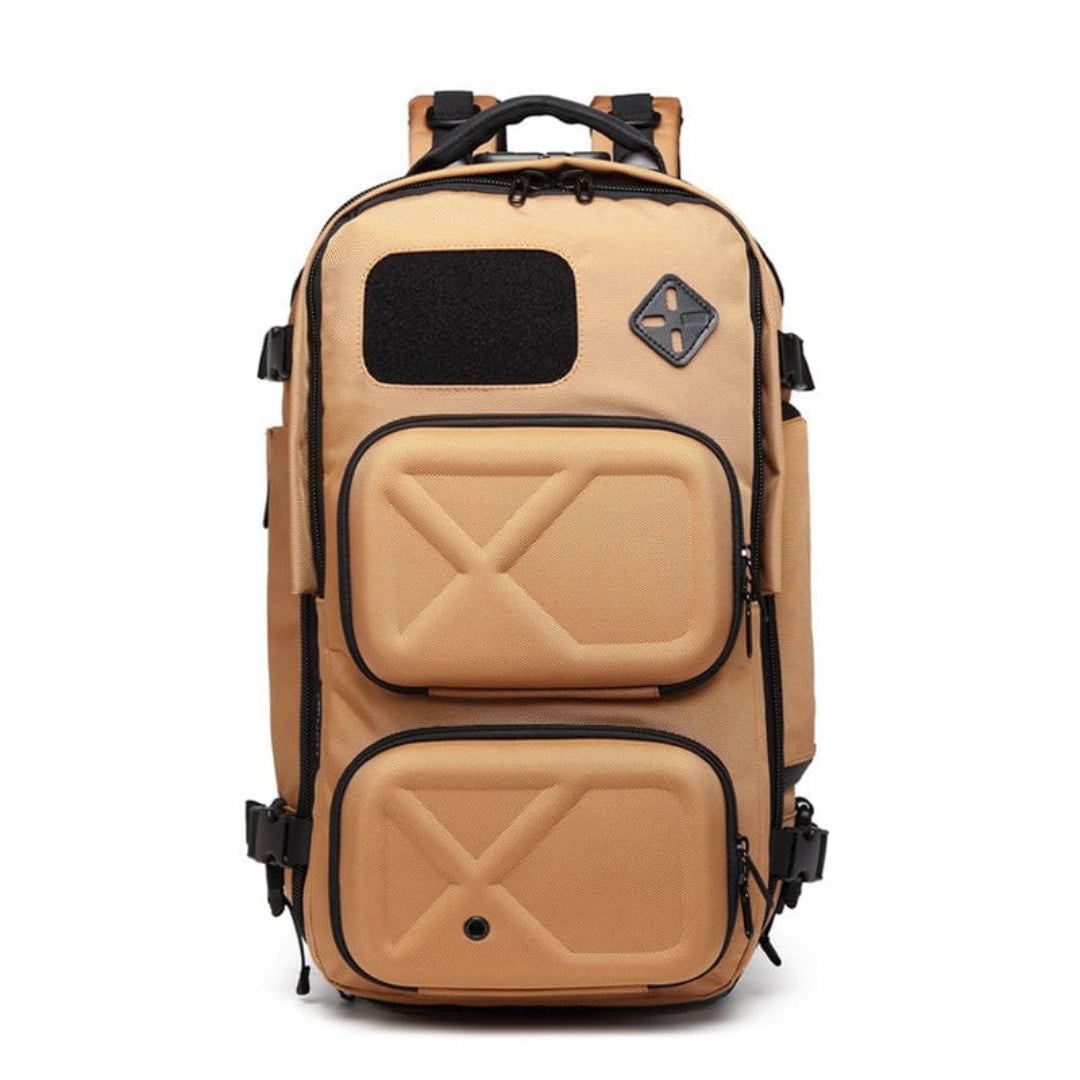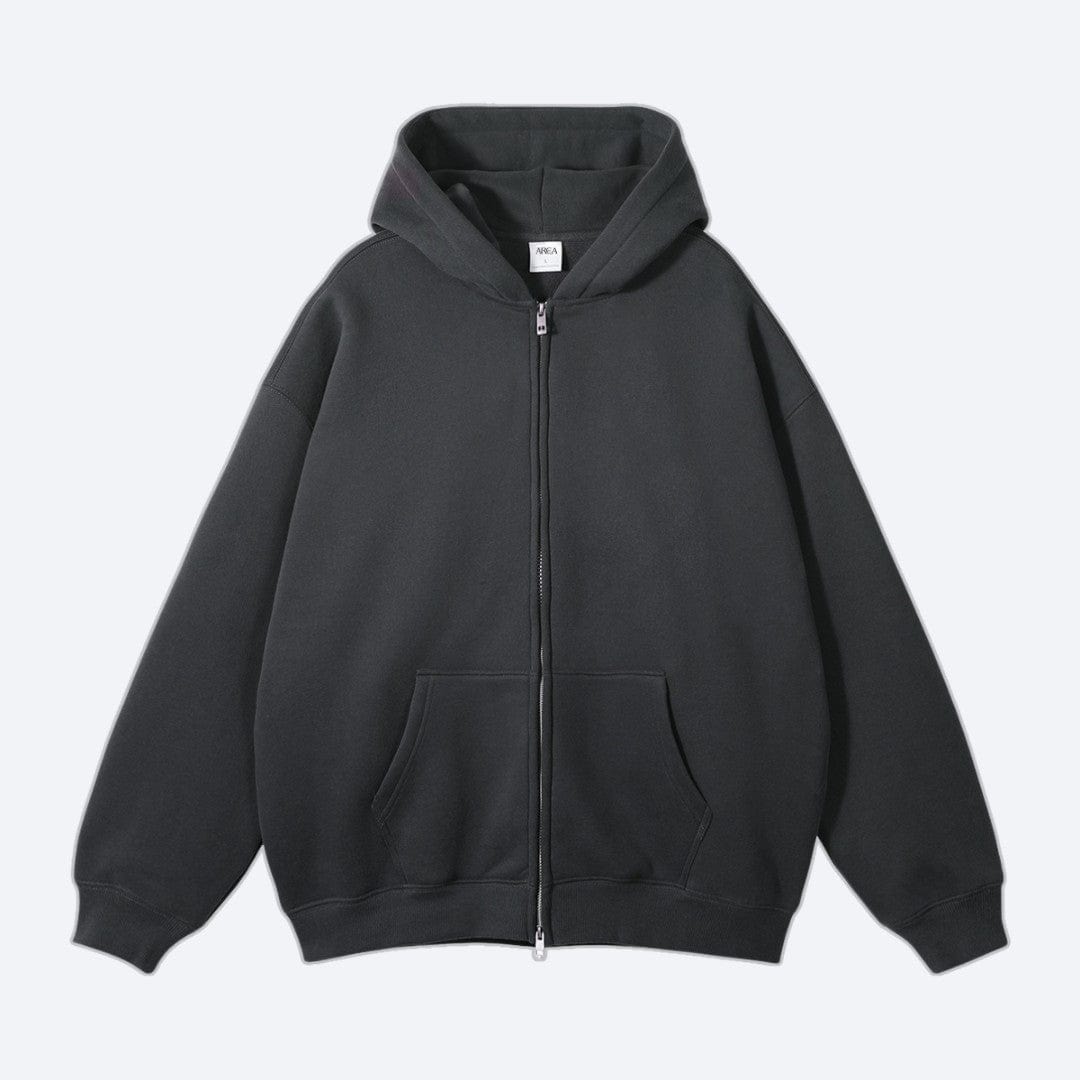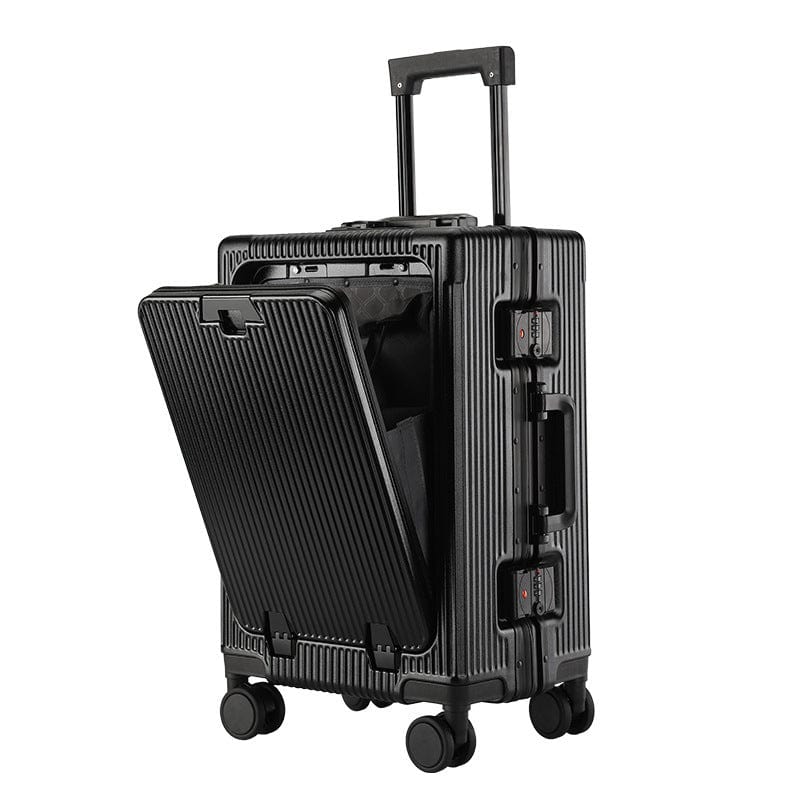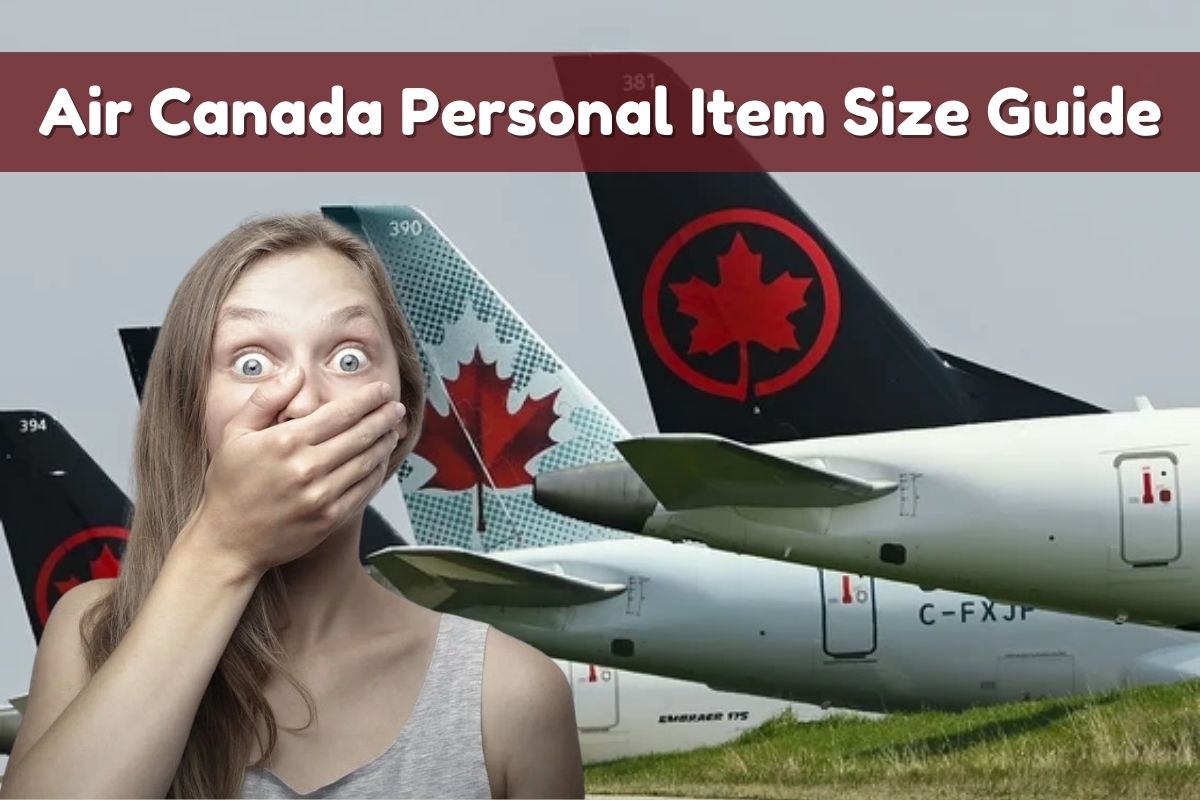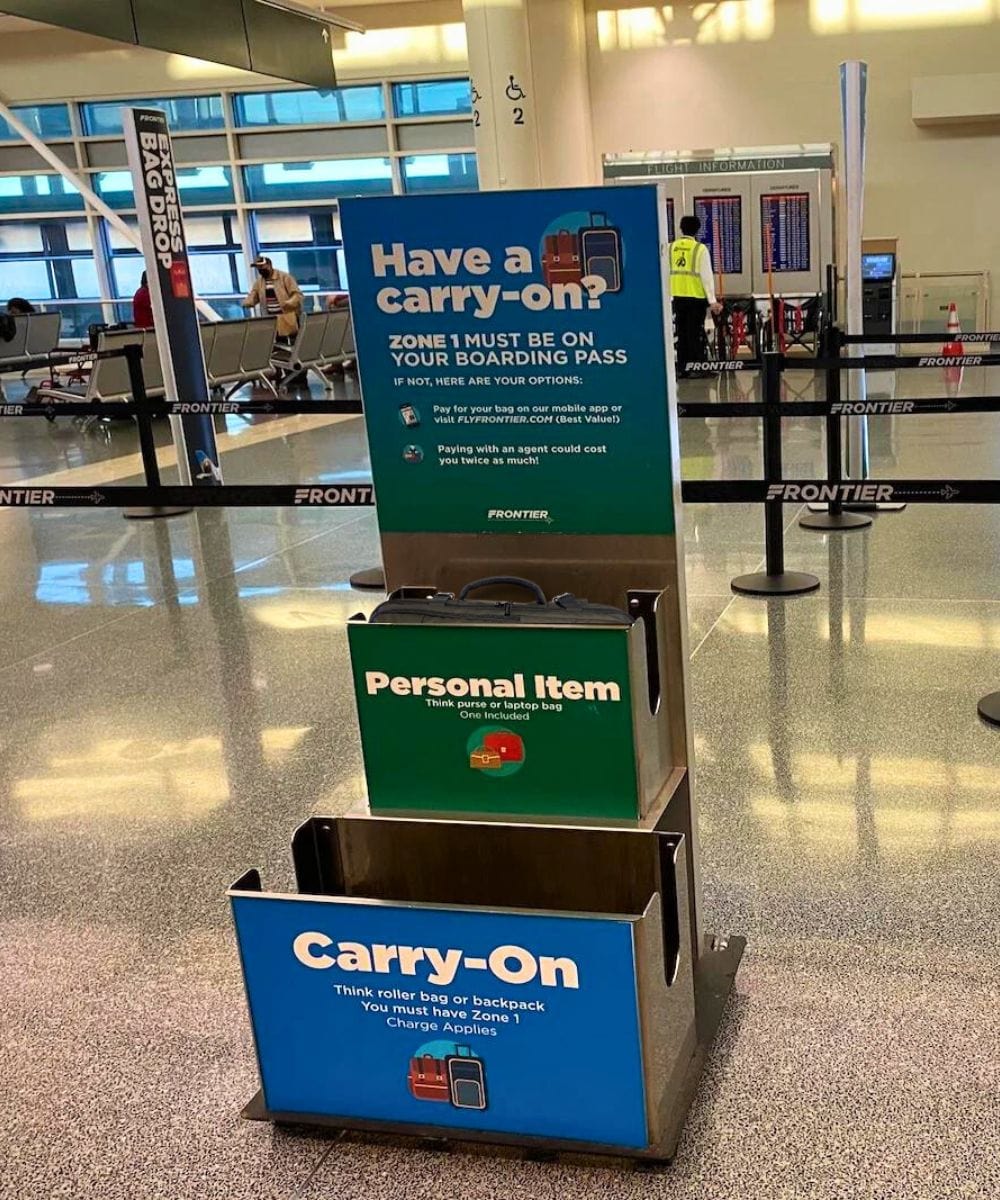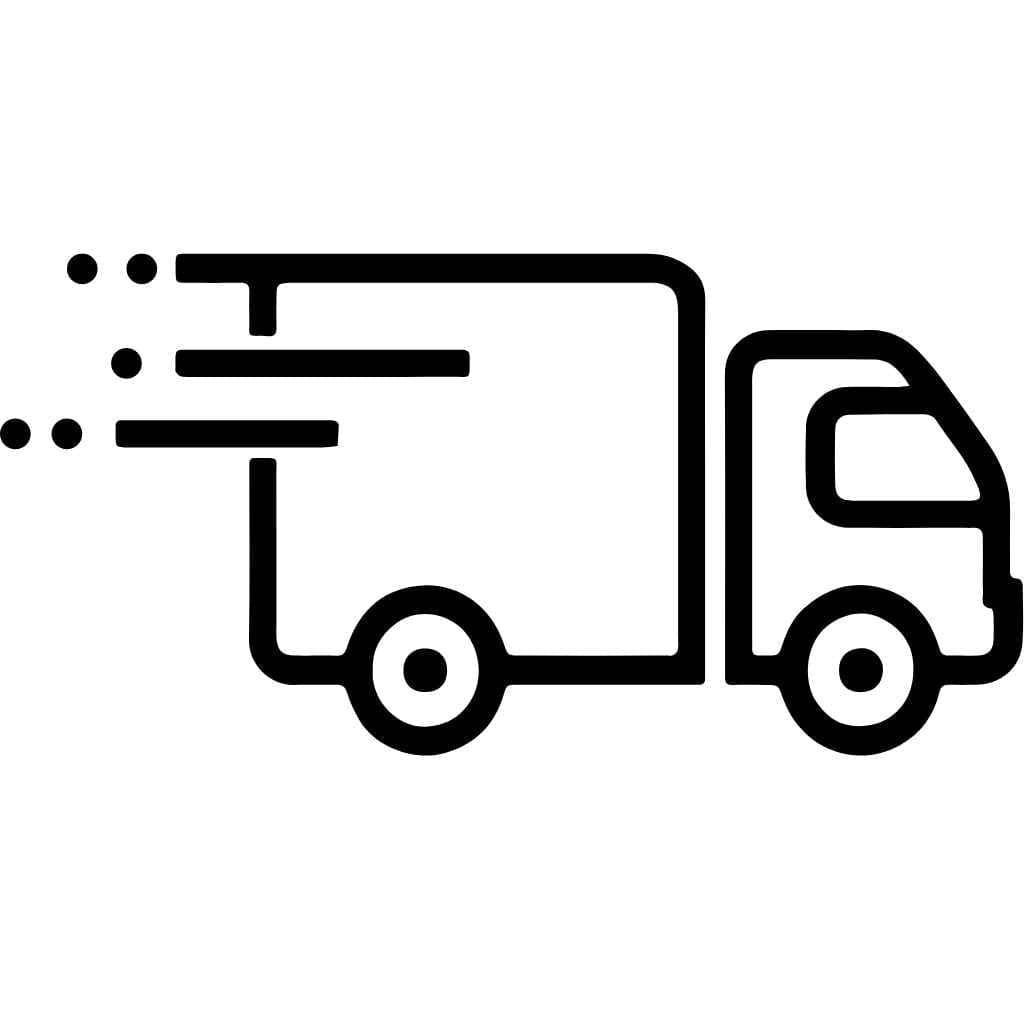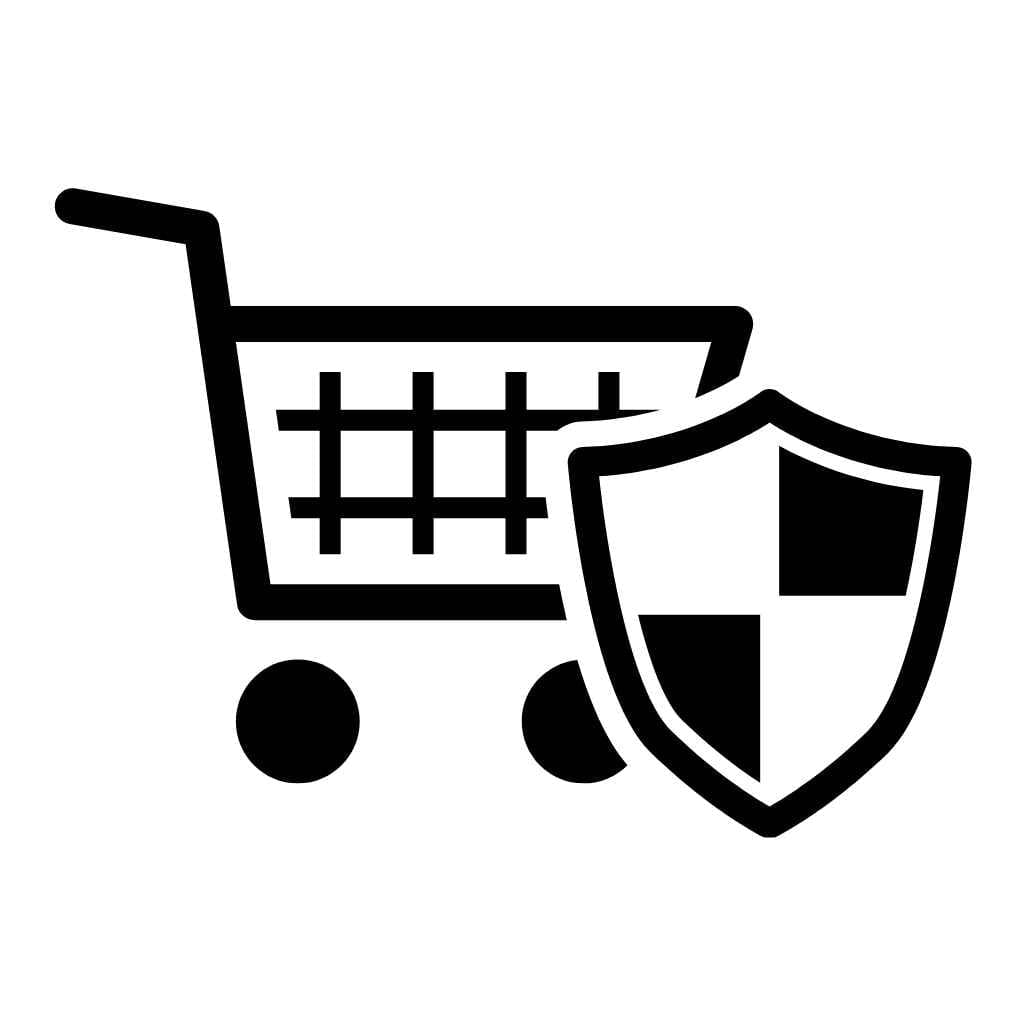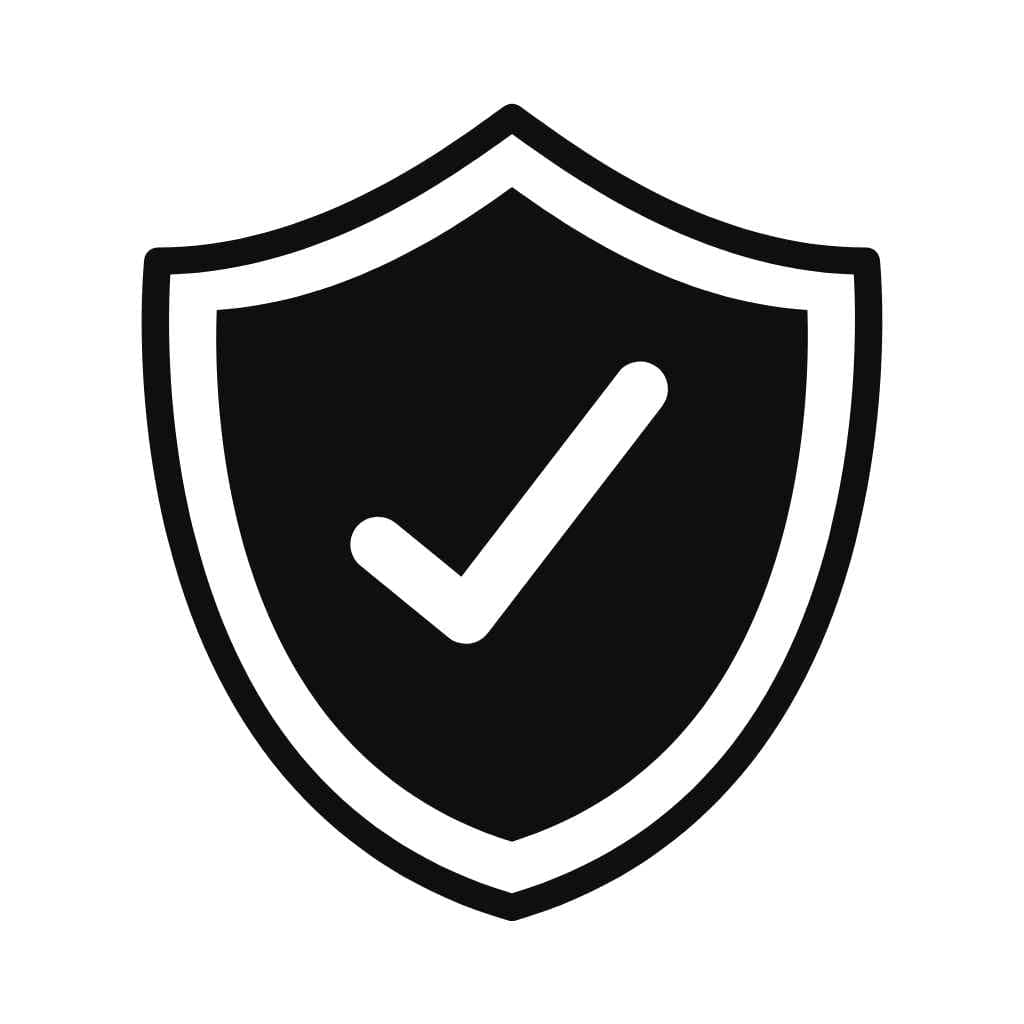Packing smart is key when you're flying, and knowing Air Canada's personal item size rules can save you both time and hassle. Whether it's a laptop bag, purse, or small backpack, your personal item must fit under the seat in front of you and meet specific size limits. Staying within these guidelines ensures a smoother boarding experience and helps you avoid unexpected fees.
As of January 2025, changes to Air Canada's baggage policy will impact certain fares, making it even more important to stay informed. Understanding the size restrictions—13 x 17 x 6 inches (33 x 43 x 16 cm)—and what qualifies as a personal item can help you plan effectively. With the right preparation, you can make your trip stress-free and focus on enjoying your journey.
Air Canada's Personal Item Size Policy
Understanding Air Canada's personal item size policy helps you pack efficiently and avoid unnecessary delays. Personal items should meet specific size limits and fit under the seat in front of you.
Maximum Dimensions and Weight
Air Canada's current personal item size must not exceed 13 x 17 x 6 inches (33 x 43 x 16 cm) in dimensions. There are no specific weight restrictions for personal items, but you should be able to lift and store them without assistance. Examples of personal items include purses, laptop bags, camera bags, and pet carriers.
How Dimensions Are Measured
Personal item dimensions are measured by combining the length, width, and height, including any handles or wheels. To comply, ensure your personal item stays within the total limit of 36 linear inches (92 cm). Use a measuring tape to confirm size before travel. Items like jackets, umbrellas, diaper bags, or assistive devices don't count toward this allowance, offering more flexibility when planning.
Differences Between Carry-On and Personal Items
Understanding the distinction between carry-on and personal items is essential to comply with Air Canada's baggage rules. Knowing where each bag fits helps maximize your packing options while ensuring a hassle-free trip.
Standard Carry-On vs. Personal Items
Carry-on items are larger than personal items and must fit in the overhead bin. Air Canada defines a standard carry-on bag as having maximum dimensions of 21.5 x 15.5 x 9 inches (55 x 40 x 23 cm), including handles and wheels. There are no weight limits, but you must lift and store them without assistance.
Personal items, on the other hand, are more compact and must fit under the seat in front of you. The maximum size for these is 13 x 17 x 6 inches (33 x 43 x 16 cm), inclusive of any protrusions like straps or pockets. Unlike carry-ons, some items like diaper bags or medical devices may not count as part of this luggage allowance.
Examples of Personal Items
Examples of personal items include a small backpack, purse, briefcase, or laptop bag. Additional items, such as a diaper bag (one per child), a compact camera bag, or a small cooler for breast milk, fall under special exemptions. Items like strollers or mobility aids are also allowed onboard but typically don’t count toward your personal item limit.
Restrictions and Prohibited Items
Air Canada enforces strict policies on restricted and prohibited items in both carry-on and checked luggage. Adhering to these rules reduces delays and ensures compliance with safety regulations.
Commonly Restricted Items
Certain items are not permitted on board or must be packed in checked luggage. Radio transmitters, laser pointers, and remote-controlled equipment fall under these restrictions. Hoverboards, self-balancing scooters, and other lithium battery-powered devices are also prohibited in carry-on bags due to safety concerns. Sharp objects, firearms, explosives, and flammable materials are not allowed in carry-on luggage under any circumstances. Always verify Air Canada’s prohibited items list to avoid potential issues.
Special Considerations for Liquids and Gels
Liquids, gels, and aerosols carried in your hand luggage must comply with the 3-1-1 rule. Each container must not exceed 3.4 ounces (100 milliliters), and all items must fit within a single quart-sized clear plastic bag. Medications, baby formula, and breast milk are exceptions to these rules but may require additional screening. Noncompliance could lead to confiscation, so ensure all items are properly packed.
Personal Item Allowance by Fare Type
Air Canada's personal item policies vary by fare type, ensuring tailored allowances for different travel requirements. Understanding these distinctions helps you plan effectively and stay compliant with airline regulations.
Economy vs. Business Class Policies
In Economy Class, your personal item must adhere to the standard size limit of 13 x 17 x 6 inches (33 x 43 x 16 cm). Examples include a small backpack, laptop bag, or purse. Storage is required under the seat in front of you, and there are no specified weight restrictions as long as you can lift and place the item unassisted.
In Business Class, the personal item dimension rules remain the same as those for Economy Class—13 x 17 x 6 inches (33 x 43 x 16 cm). However, you may find enhanced storage options, like additional under-seat or locker compartments, depending on the aircraft configuration.
Additional Considerations for Partners and Codeshare Flights
For itineraries involving codeshare or partner airlines, the personal item policies of the first operating carrier generally apply. If your journey begins on an Air Canada-operated flight, the size limits for personal items—13 x 17 x 6 inches (33 x 43 x 16 cm)—are enforced for the entire trip.
However, when starting with a partner airline like Lufthansa or ANA, you'll need to check their personal item rules, as they might differ. Visit the respective partner website for accurate details, ensuring your item fits within the specified dimensions for a seamless travel experience.
Tips for Complying with Personal Item Regulations
Ensuring your personal item meets Air Canada's size and compliance standards can simplify your travel experience. Following strategic packing methods and understanding screening requirements helps you avoid delays.
Packing Strategies for Personal Items
Choose compact, versatile bags like small backpacks or laptop bags to maximize space without exceeding size limits of 13 x 17 x 6 inches (33 x 43 x 16 cm). Focus on essentials such as electronics, travel documents, and valuables, as these are items better kept within reach. Reduce bulk by utilizing travel-sized containers and neatly arranging items to prevent wasted space. For instance, consider layering flat items like books and arranging smaller objects within internal compartments.
Label your personal item with your contact information to prevent mix-ups or loss during your journey. Avoid overfilling the bag to maintain dimensions, as bulging items may exceed the airline’s specified limits when measured.
Preparing for Security Screening
Pack liquids and gels in compliance with the 3-1-1 rule to expedite screening. Ensure each container holds no more than 3.4 ounces (100 milliliters), and place all in a quart-sized, clear plastic bag for easy accessibility. Exemptions for medications, baby formula, and breast milk allow for larger quantities but could require additional screening, so pack these items separately from other liquids.
Ensure electronics larger than a cell phone, like laptops or tablets, are accessible to remove for inspection at security checkpoints. Place accessories like charging cables or headphones in easy-to-reach compartments to minimize delays during inspection. Avoid packing restricted items like lithium battery-powered devices or sharp objects within personal items, as these may be confiscated.
Consequences of Non-Compliance
Failing to adhere to Air Canada's personal item size policies can lead to inconveniences and additional costs. Understanding these consequences ensures a smoother travel experience.
Additional Fees and Gate-Checking Policies
Non-compliant personal items may incur extra fees or require gate-checking. Gate agents might request payment for exceeding the baggage allowance, with costs varying based on fare type and destination. For example, a gate-checked bag fee could range between CAD 30-100 for domestic and international flights. Items checked at the gate are stored alongside regular checked luggage, increasing the risk of delayed retrieval upon arrival.
Potential Travel Delays
Oversized personal items could slow down the boarding process. Conflicts over space allocation or last-minute gate-checking procedures may delay both you and other passengers. Security checks may also take longer if prohibited or improperly packed items are present. By packing within allowable dimensions and ensuring compliance, you avoid these setbacks and help streamline the boarding experience.
Conclusion
Understanding Air Canada's personal item size rules can make your travel experience smoother and stress-free. By staying within the size limits, packing efficiently, and preparing for security screenings, you can avoid unnecessary delays and fees. Always double-check the policies for your specific fare type or any partner airlines involved in your trip to ensure compliance. With proper preparation, you'll save time and enjoy a hassle-free journey.


